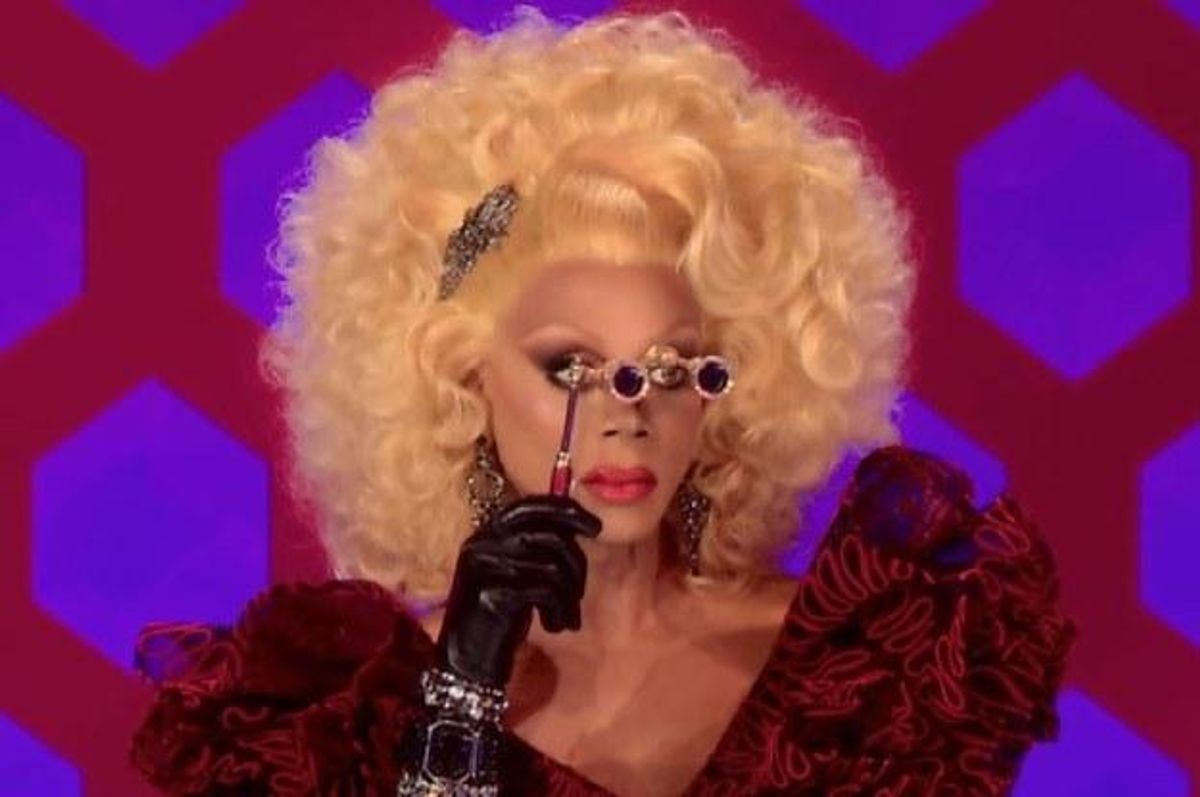News & Opinion
Science Confirms 'Gaydar' Isn't Real, But Stereotypes Certainly Are
Science Confirms 'Gaydar' Isn't Real, But Stereotypes Certainly Are

Your homo-wizardry no longer applies.
March 21 2017 10:57 AM EST
March 21 2017 10:57 AM EST
By continuing to use our site, you agree to our Private Policy and Terms of Use.
Science Confirms 'Gaydar' Isn't Real, But Stereotypes Certainly Are

Your homo-wizardry no longer applies.
Sorry straight girls who're "especially in tune with the gay community," it's time to start searching for something else to base your self-worth on. Scientists have officially confirmed there is no such thing as "gaydar."
In case this wasn't obvious before, a recent study at the University of Wisconsin-Madison's Department of Psychology proves that people are, in fact, judging you according to culturally ingrained stereotypes.
Participants in the study were asked to look at online profiles of different men, half gay, half straight and attempt to determine their sexuality. Buckle up your seatbelts for this shocking result: the men with "gay-seeming" interests--fashion, shopping, theater, what have you--were more likely to be perceived as homosexual than those with traditionally "straight seeming" interests, like sports, hunting or cars. In the end, participants had an accuracy rate of around 60%, confirming that having "gaydar" is morely likely having a good grasp of gay stereotypes and archetypes than some sort of homo-wizardry.
"Most people think of stereotyping as inappropriate," said William Cox, an assistant scientist in the psychology department and the lead author. "But if you're not calling it 'stereotyping' if you're giving it this other label and camouflaging it as 'gaydar' it appears to be more socially and personally acceptable."
So next time you're playing are-they-or-aren't-they at the bar, it might be quicker to just ask.
Beware of the Straightors: 'The Traitors' bros vs. the women and gays